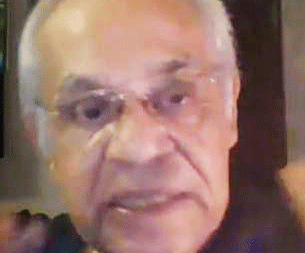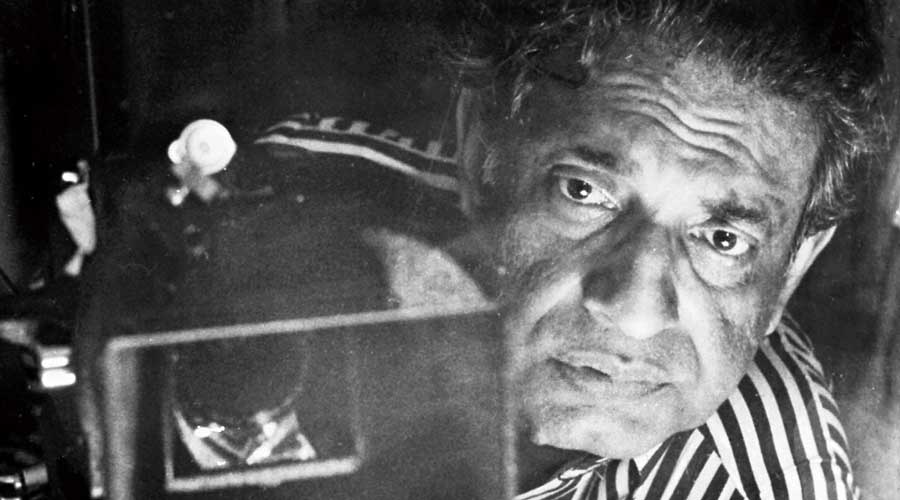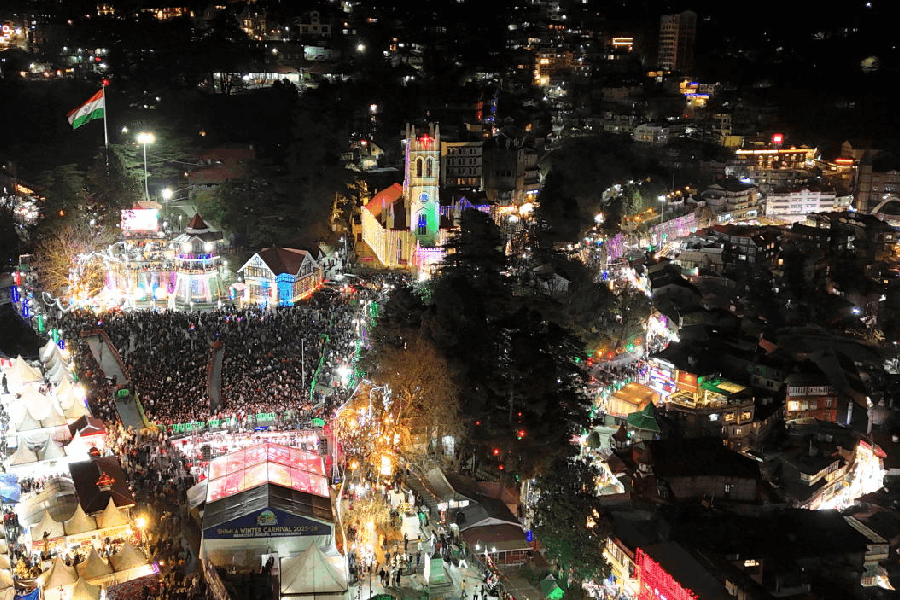Dhritiman Chatterjee, one of Satyajit Ray’s actors who worked with him in the 1970s in ‘Pratidwandi’ and then after 20 years in ‘Ganashatru’ and finally ‘Agantuk’, finds Ray and his last three films to be highly relevant in the current times of religious polarisation and divisiveness.
Taking part in an online discussion on the book Satyajit Ray in 100 Anecdotes with the authors, Arthy Muthanna Singh and Mamta Nainy, Chatterjee stressed the need to keep Ray relevant to the young generation instead of memorialising him.

Dhritiman Chatterjee. The Telegraph
Ray’s last three films —Ganashatru, Shakha Prashakha and Agantuk —had been criticised for being mostly shot on the set. Ganashatru, heavily reliant on dialogues, was shot entirely on the set.
Answering a question put forth by the authors on how Ray’s film-making might have changed between Pratidwandi (1970) and Ganashatru (1989), Dhritiman said: “Pratidwandi depicted a turbulent time, it was a breakaway film from what Ray was making at that time. There were long shots of walking a long street and things like that. Whereas just before Ganashatru, Ray had been seriously ill for a long time but he was itching to get back to work. He wanted to make a film but he would have to do that in a static way and so he chose Henrik Ibsen’s 1882 play Enemy of the People, which would be made purely on the set.”

Mamta Nainy The Telegraph
Ray had to contend with serious limitations like having a cardiologist check on him between shots and keeping an ambulance ready. “Ray was a keen observer of people and he had the liveliness of dialogues that marked Ganashatru,” said the actor.
Dhritiman went from playing a young protagonist in Pratidwandi to a middle-aged villain in Ganashatru opposing his doctor brother, who raised an alarm over polluted charanamrita.
Chatterjee finds the film relevant during the ongoing second surge of Covid infections, which is believed to have been fuelled by religious congregations like the Kumbh and political rallies. Like the film, in real life, too, science has been pushed back by religion and politics, putting the lives of people in danger.
The auteur film-maker was home-bound and reading a lot during the period he made his last three films. Agantuk, where the protagonist is an anthropologist, was probably inspired by his reading of anthropologist Levi Strauss, Chatterjee said. “He was then very much thinking about primitive tribes, the relationship between various communities,” said the actor, who yet again plays a villainous role in Agantuk grilling the protagonist.

Arthy Muthanna Singh. The Telegraph
Talking of the ways in which Ray and his films could be kept relevant, Chatterjee said: “We can talk of the way he made cinema, his outlook of life. We keep saying Ray was a humanist. We need to examine what do we mean when we say he was a humanist and how to keep that alive.”
Ray was a product of the post-Independence Nehruvian era of liberalism, secularism and now, a “much-maligned word”, of socialism. “The younger generation should be exposed to these influences and have to be sensitised to these institutions,” he said.
On a lighter note, when he was asked which role he would have liked to play in Ray’s films apart from the ones he did, Chatterjee said: “I would have killed to play Feluda.” He also would have loved to play character roles in his films. “In Ray’s films there is no such thing as insignificant roles,” he added.
The actor who played Professor Shanku in Professor Shanku O El Dorado directed by his son Sandip Ray, said: “Since Professor Shanku’s stories were set in places all over the world, Ray could not have thought of filming them because of production costs.”
Ray was known to shoot his films on tight budgets and would be very accountable to his producers. It was pure luck that a producer was willing to fly Sandip Ray and his Shanku team to Brazil for the shoot.
On Ray’s famous relationship with his child actors, Dhritiman said: “He got along with children. He grew up in a traditional extended household. In Santiniketan, he did community living with other ashram-ites. In many ways he was a lone man, but in other ways he was a community man.”
Asked by a member of the audience what Ray thought of the contemporary Indian film and who he thought was a promising director, Chatterjee said: “He was fairly optimistic of the future of Indian films and spoke very highly of Ketan Mehta’s Mirch Masala.”











